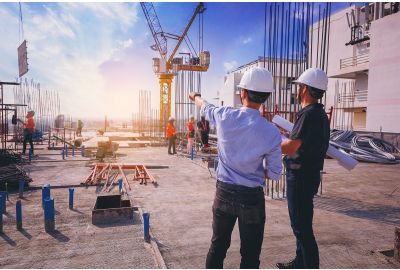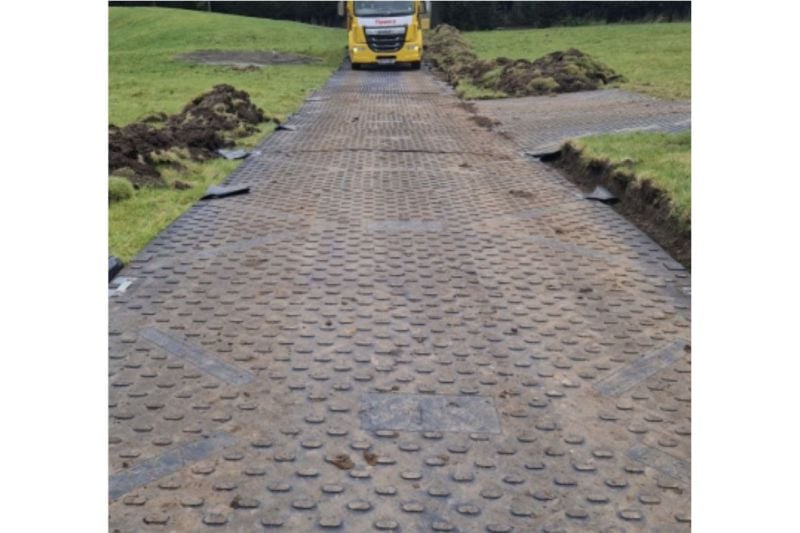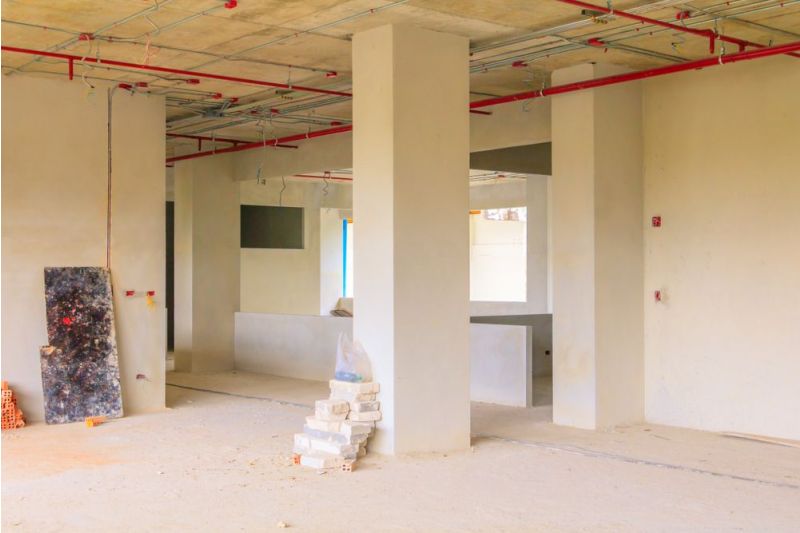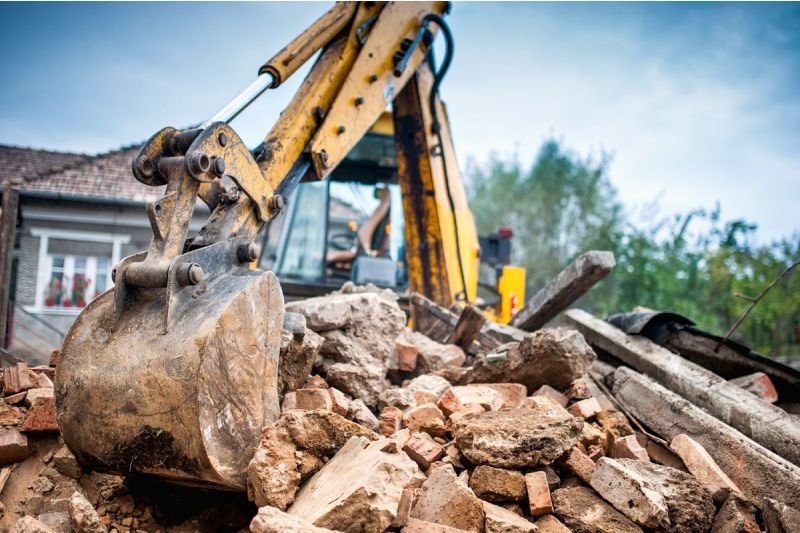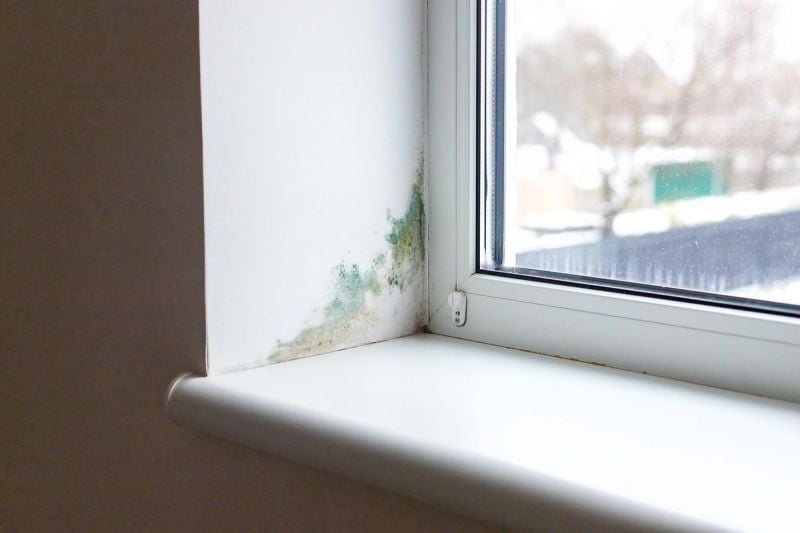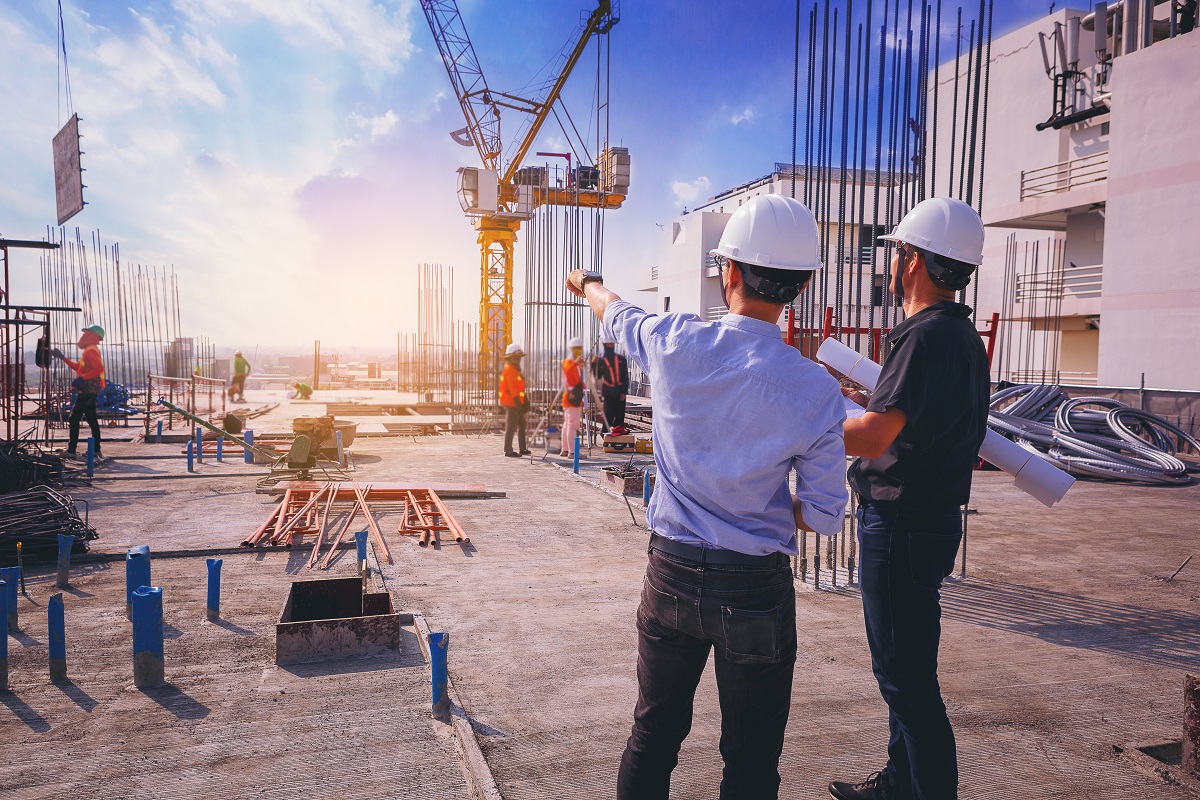
Temporary protection is a vital asset to those in various industries, especially during any building, construction or renovation works. Temporary protection materials allow workers to keep valuable and precious surfaces safe – such as floors, walls, doors, and window protection – during any work that they carry out.
Unfortunately, construction sites and renovation projects can be potential fire hazards, so not only is temporary protection needed, but temporary protection that is also fire-retardant. In this guide, we dive into the subject, helping you understand the role fire-retardant protection plays and the benefits it provides.
Understanding fire hazards in work environments
Due to various factors, there are some common sources of fire hazards on construction sites, renovation areas, and other similar workplaces.
Fire can spread rapidly in these situations, so proactive measures to prevent accidents are essential. Fire-retardant temporary protection is an important part of this process.
Common sources of fire hazards in areas where building and construction take place include areas with ignition risks and fuel hazards.
Ignition risks on a construction site
- Electrical faults – all electrical installations, such as mains power and generators, must be tested and inspected before being used.
- Temporary lighting – sometimes temporary lighting is needed to perform a job, but a fire can start if placed too close to combustible items.
- Hot working – the HSE defines hot working as “any process that generates flames, sparks or heat. It includes welding, cutting, grinding and sawing and particularly the application of heat to free rusted on bolts, etc.”
- Portable heaters – heaters used to help keep workers warm before a heating system is installed can be a hazard when placed in the wrong location.
Fuel hazards on a construction site
- Combustible building materials – there are a range of building materials that are combustible, and keeping these away from any ignition risks is essential for fire safety.
- Timber scaffolding boards – even scaffolding boards that are treated so that they comply with fire-safe regulations can still be combustible.
- Gases and liquids – fuel such as gas and liquids can be necessary for various tools, practices, and equipment, but care should be taken to prevent fire risks.
- Construction waste – waste products should be stored and disposed of correctly and in a timely manner to prevent them from becoming fuel for a potential construction site fire.
Compliance with regulations

When it comes to construction site fire safety, it is regulated by several different pieces of legislation, including:
- The Construction (Design and Management) Regulations 2015 (CDM) - this requires those involved in construction projects to take steps to eliminate or reduce fire risks at the pre-construction stage. This includes carrying out fire risk assessments and putting in place appropriate fire safety measures.
- The Regulatory Reform (Fire Safety) Order 2005 (RRO) – this legislation sets out general fire safety requirements for construction sites. It includes means of escape, fire alarms, fire detection systems and firefighting equipment.
- The Building Safety Act 2022 – this act places additional fire safety duties on responsible persons under the Fire Safety Order. This includes carrying out fire risk assessments for the structure, external walls (including cladding and balconies) and individual flat entrance doors between domestic premises and the common parts.
There is also something called the Joint Fire Code. This non-statutory document provides crucial guidance in promoting fire safety on construction sites in the UK. The code complements the existing legal requirements mentioned above and provides specific guidance on how to implement those regulations effectively. It is not, however, a substitute for the statutory requirements set out in the CDM Regulations 2015, the RRO Fire Safety Order 2005 and the Building Safety Act 2022.
READ MORE: What is the Joint Fire Code, and what does it mean?
The use of fire-retardant temporary protection aligns with and supports compliance with these fire safety regulations.
Temporary protection solutions fall under the Joint Fire Code, with Section 10 stating in Section 10.1:
“Finished surfaces, fittings, or expensive items of plant and machinery incorporated into a building should be temporarily protected during construction or refurbishment. When selecting temporary protective covering material, regard must always be paid to the relative fire load and the potential for fire growth and spread.”
The role of fire-retardant temporary protection
As opposed to regular protection materials, fire-retardant temporary protection products are specially designed to prevent the ignition, combustion, and spread of fires in various environments. These products can be crucial for safeguarding construction sites or during any renovation activities.
Key features of fire-retardant temporary protection products
- Flame resistance
- Smoke suppression
- Reduced heat transfer
- Durability and longevity
- Compliance with standards
- Adaptability
Thanks to key features like these, fire-retardant temporary protection products can make all the difference during construction. They are very effective in preventing or slowing down the spread of fire and, therefore, enhancing overall fire safety.
READ ALSO: How to manage and control construction dust
Benefits of Fire-Retardant Temporary Protection
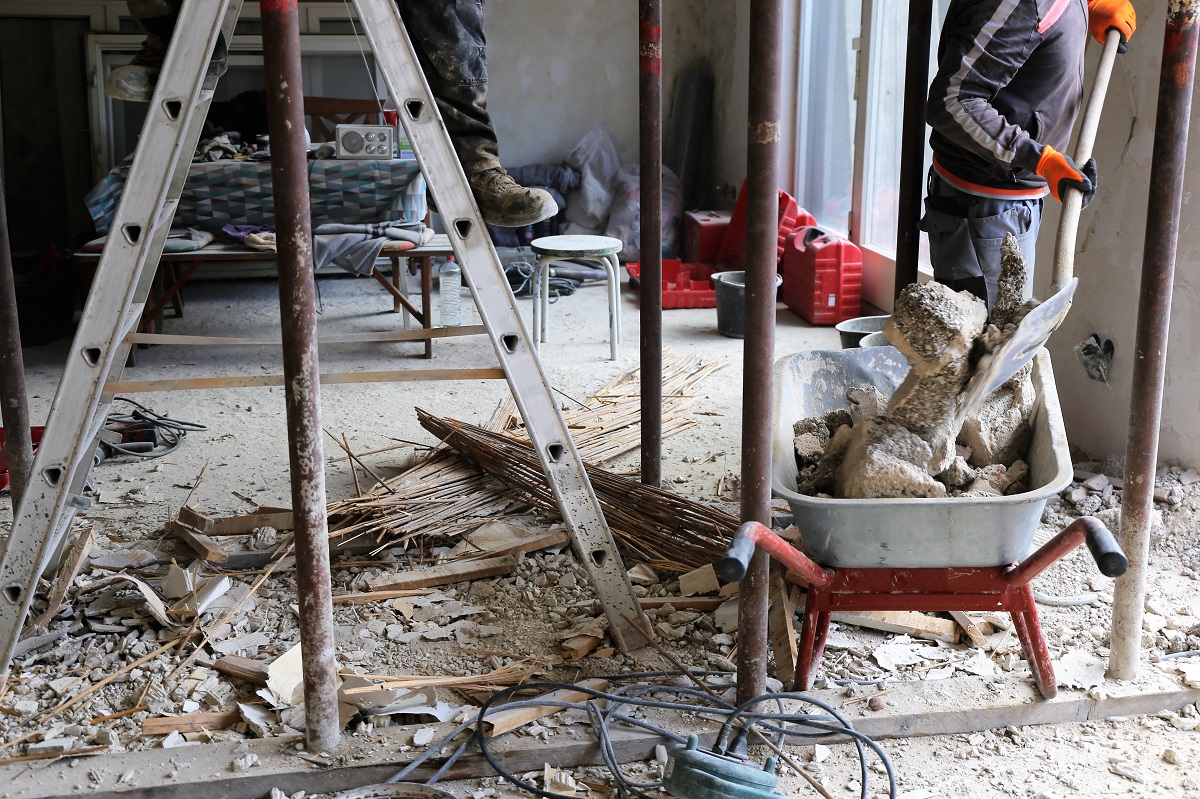
Enhanced Safety
As fire-retardant temporary protection is designed to reduce the risk of fires breaking out, using them can lead to enhanced safety on a construction site.
Making sure that workers are using these products whenever possible helps to create a safer working environment for all those working on the site, as well as in the surrounding communities. Construction site fires can impact more than just the site itself, after all.
Fire-retardant products won’t stop all fires, but they are part of a basic fire-safety best practice that can reduce the risks.
Property Protection
Protection materials with fire-retardant features can also help protect property. This is perhaps the most obvious benefit of all as, after all, this is exactly what protection products are supposed to do.
Fire-retardant protection can prevent damage caused by fires to structures and assets during construction or renovation. This, in turn, can save money, time, and, most importantly, lives.
Once a fire starts, it can spread rapidly on a construction site due to the flammable and combustible materials present. By putting safety first and using the right equipment – such as fire-retardant materials – you can stop those fires from wreaking havoc on the property you are working on.
Insurance Compliance
Having insurance for a construction site is an important part of the process, making sure that those working are covered for various eventualities.
Insurance premiums and coverage can potentially be impacted by the use of fire-retardant protection. If you don’t take the proper fire safety measures and a fire breaks out, then you could risk not receiving an insurance payout.
However, if you can demonstrate that all the proper precautions are in place, then your case with the insurance provider will be stronger.
READ ALSO: Construction safety signs and their meaning
The importance of fire-retardant protection materials
We hope this article has been informative and has helped highlight the importance of fire safety during building, construction, and renovation works.
Fire-retardant temporary protection plays a crucial role in ensuring a secure work environment and preventing fire-related incidents. Businesses and individuals alike should do their best to prioritise safety by incorporating these products into their projects.
If you are looking for a reliable supplier of fire-retardant temporary protection products, we at Beck are the experts. Browse our range of Proguard products or get in touch for any questions about our flame retardant certification.

